I didn’t set out to be a coffee snob.
Really, I didn’t. There was even a time (in fact many years of time!) that I didn’t even touch the stuff. During high school, I worked in restaurants where I brewed coffee and served it to customers but never thought of having any for myself. I guess it was like smoking. Yeah, it was there, people were doing it, but I had other stuff going on. High school’s a busy time, man!
But caffeine is a drug and every drug has its gateways. For me, everything changed in the summer of 2000 in Los Angeles (which makes the gateway drug metaphor a little too real). It was my first trip to the West Coast and I while I was there, three things happened which would dramatically shape my years to come:
- Walking into a guitar store and hearing a guy roughly my age playing the intro to Metallica’s “Through the Never,” and thinking to myself, “Hey, I could probably do that.”
- Picking up the newly released debut album, Mer de Noms, by A Perfect Circle and becoming instantly mesmerized by it.
- Finally, stopping at Starbucks at least twice a day, every day, for Java Chip Frappuccinos.
Put together, the first two things on the list inspired me to buy a guitar right before my first week at college and lead to many fun years of playing at talent shows, open mics, cultural expos, after-hour work meetings, and much more.
The Frappuccinos, on the other hand, were the first step toward my current coffee elitism. Mostly chocolate and whipped cream, with barely a hint of anything actually roasted in the blended mixture, it wasn’t even like drinking coffee. With LA being LA, there was almost literally a Starbucks on every street and visit by visit, sip by sip, the siren started getting her hooks into me. Wherever I traveled, there Starbucks was. And there I was too, cup in hand and frequently posing like a goofball outside.

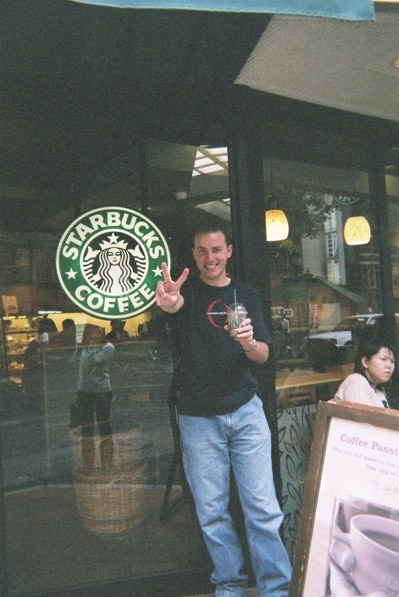
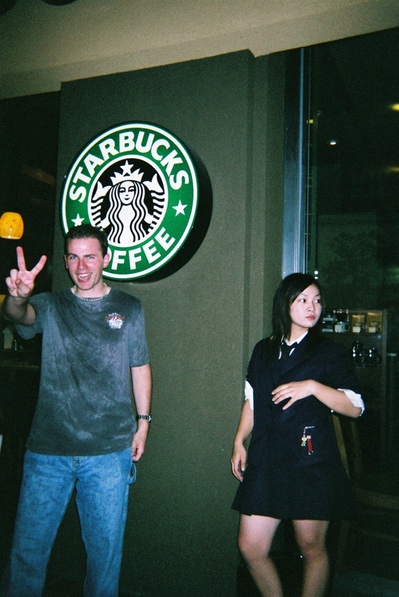
Fast forward a decade and a half to 2015 and my 33rd birthday. By now, everyone knows that I take my coffee dark roasted and essentially black, which is to say with 2-3 drops of cream or slightly more of nonfat milk. You also probably know that I have no qualms about trash-talking one of Starbucks’ biggest competitors. For instance, I’m not saying that Dunkin Donuts Pumpkin Spice Lattes are bad, just that it tastes like someone dumped stale car dealership-grade coffee over a dirty pumpkin and collected the drippings from underneath to bottle and sell.
So ok, I’m a bit of a coffee snob. While Starbucks is my favorite day to day brand and I love their medium and dark roasts, I am perfectly aware and appreciative that there are better coffees out there. One that’s always been at the top of my list to try is the mysterious Thai wild civet coffee, formally known as Luwak coffee. By now, most people know what it’s about. Civets are catlike mammals in Asia which love to eat only the ripest and most delicious coffee cherries. Through a unique enzyme digestion process which is said to remove some of the coffee’s bitterness, the beans are then excreted and collected by Thai farmers*. After collection, these beans are washed and shipped to Vancouver where they were roasted in micro batches to ensure a consistent quality.
The question you’re probably wondering is: how did I get my hands on this incredibly unique and opulent product? It turns out that you can simply order it from a few websites and if you’re REALLY lucky, have someone give it to you as a birthday present. That was a surprise to me on January 16th, when Angele gave me a box and proudly stated, “You can’t call yourself a true coffee snob until you’ve tried the best coffees in the world.” In the box was a 50 gram tin of civet coffee and a bag of equally impressive Hacienda La Esmeralda beans from Panama. In addition to being floored by this amazing gift, I knew that in order to properly appreciate it, I would have to step up my brewing game.
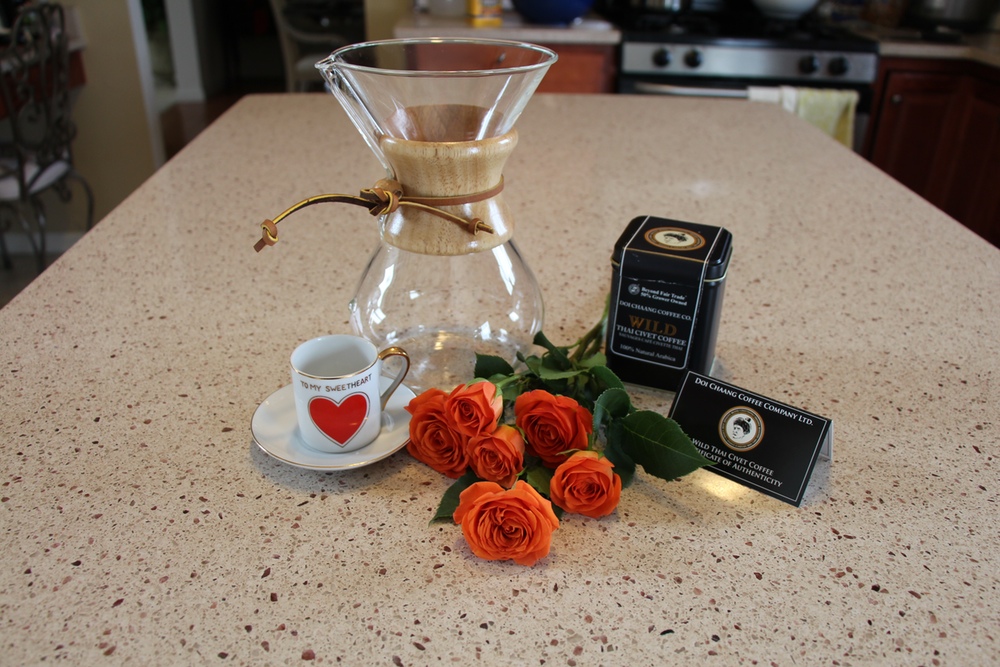


Enter the Six Cup Classic Chemex coffee maker, which doesn’t absorb odors or residue, allows you to pour hot water at your own rate (impacting coffee intensity), and looks absolutely beautiful throughout the process. The filters remove all particles and oils, and also regulates flow into the bottom container. Combined with a handsome Japanese teapot, which was a Christmas present from Zack Gould, we were ready to start brewing. Inside the tin was a black sealed bag of the 50 grams of beans. I took half of those and ground them to about medium coarseness.

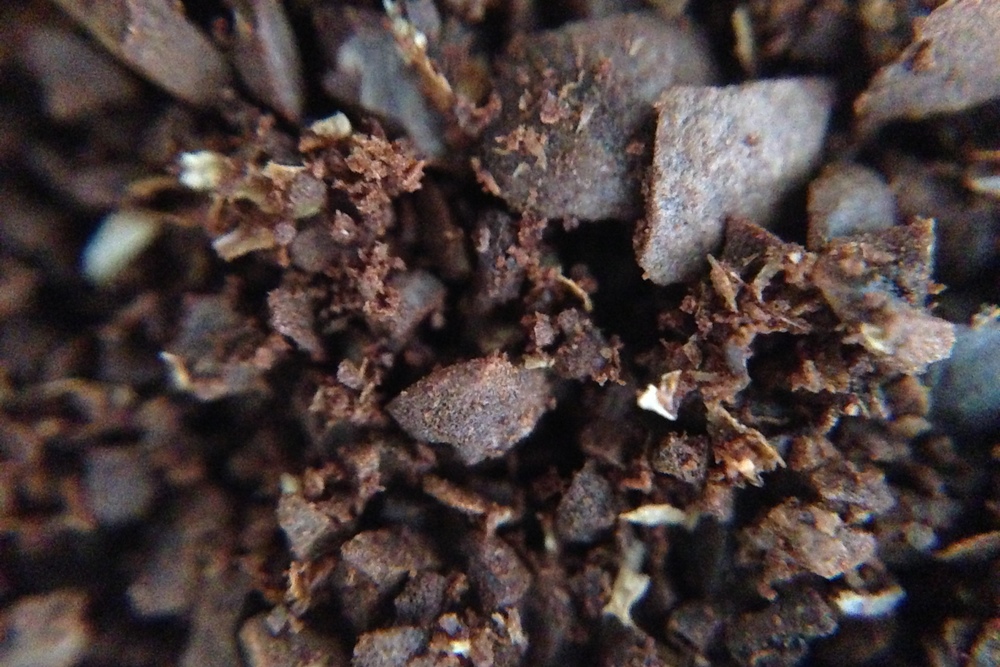
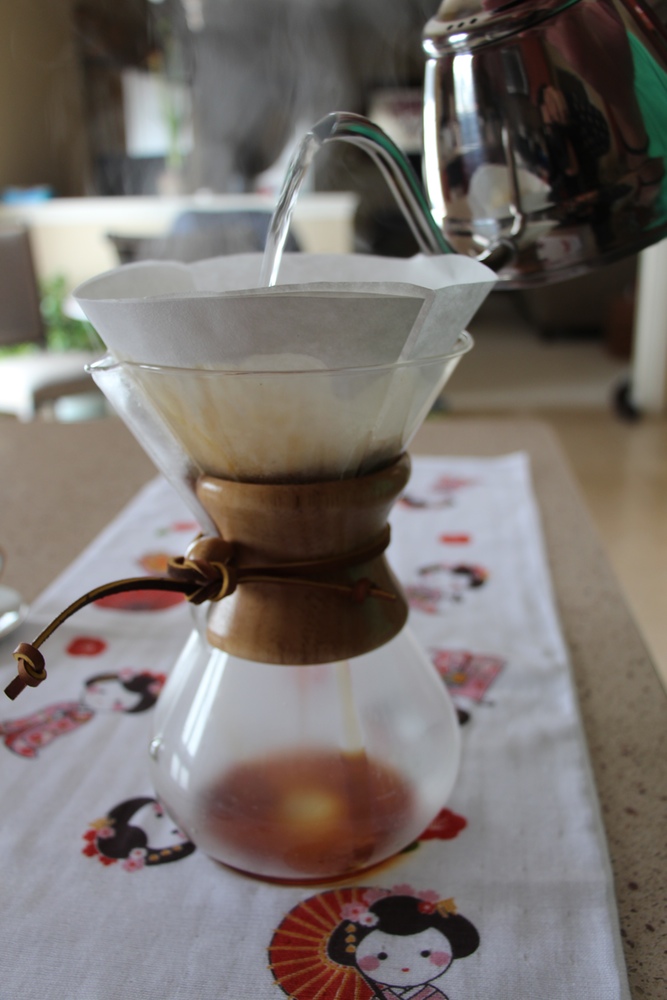
Finally it was time to taste if the Luwak coffee was really worth it. For this review, I was joined by guest taster, Surya Jalota. Since I had only ground and used half of the beans, there wasn’t enough for two full cups, so we opted for two espresso-sized cups and toasted. Here goes!


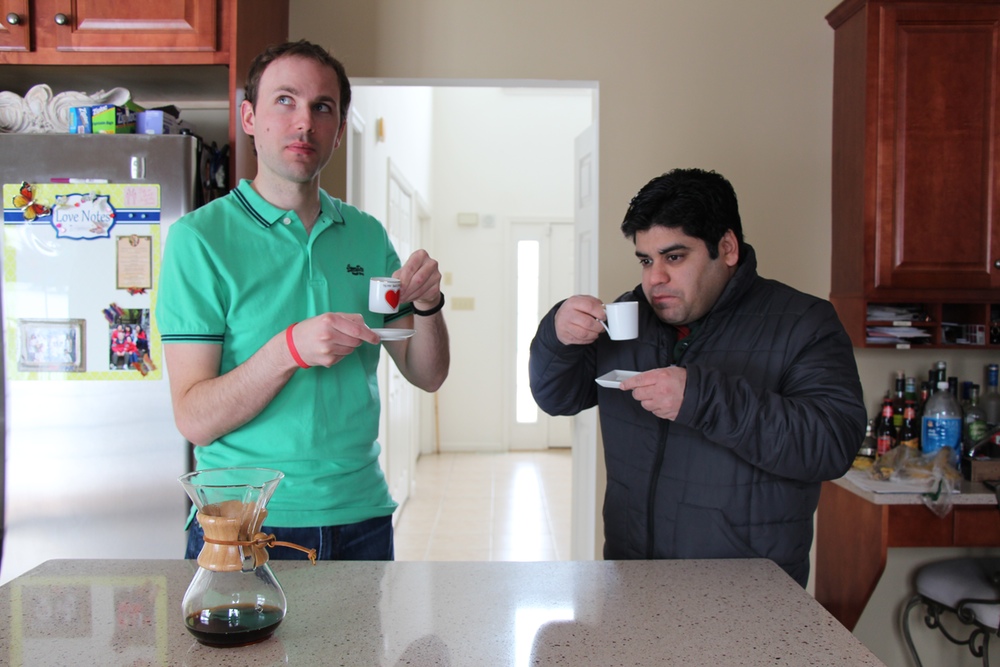
First of all, if I may be crass, it must be said that the finished product does not taste like cat poop. So just dispel that notion right away. Back in 2005, I did in fact work for Starbucks for two months and in the few taste tests I was a part of, I learned the correct way to sample coffee: To start, the coffee must be black, which obviously wasn’t a problem for me. Next, and this may sound crazy, you must slurp a bit of hot coffee into your mouth so that it covers as much of your tongue as possible. This allows the coffee to hit more of your taste buds and provides a more comprehensive sampling.
When I did this with the civet coffee, the first thing I noticed was a medium body. It wasn’t dark, smoky, or intense; just very smooth and with some substance to it. That said, I did taste a distinct earthiness and possibly nuttiness, which carried over into a slight aftertaste. It did not taste acidic or bitter in any way and were it not for the unorthodox gathering method and the exorbitant price tag, I would recommend it as a good starter for non-coffee drinkers. Meanwhile, Surya was likewise impressed, calling it “one of the best cups of coffee that he’s ever had” and also noting on its smoothness.
Personally, I liked it a lot and was glad to have been able to try it (AND was blown away by receiving it as a gift) but it’s not something that I would see myself drinking on any kind of regular basis. I won’t go so far as to say you’re paying solely for the novelty of exotic partially digested beans but I will say it’s for extremely special occasions. I also happen to like good Champagnes but most times when I’m out, I can get more enjoyment out of an excellent craft beer or Cabernet Sauvignon.
Finally, in order to keep this truly scientific, I will be doing a second sampling later this month with another guest taster, one whose expertise in caffeine might even rival that of my own. I’m also looking forward to doing a review of the Hacienda La Esmeralda beans here in the future, although I’ll say right now that they’ll have to be REALLY good to make up for not having a backstory like the civet coffee does. Until then, thank you for reading!
*Seriously, my hat is off to these farmers. Many of us like to complain about our own jobs but at least we don’t need to hunt down and collect wild catlike mammal droppings in the woods**.
**Furthermore, I’d like to emphasize that the coffee beans which this story is all about are in fact collected from the woods, meaning that the civets are cage-free in the wild. I do not condone civet mills where the poor animals are stuffed in cages and force fed coffee berries. For more information on civets and pictures of the collection process, please visit:


